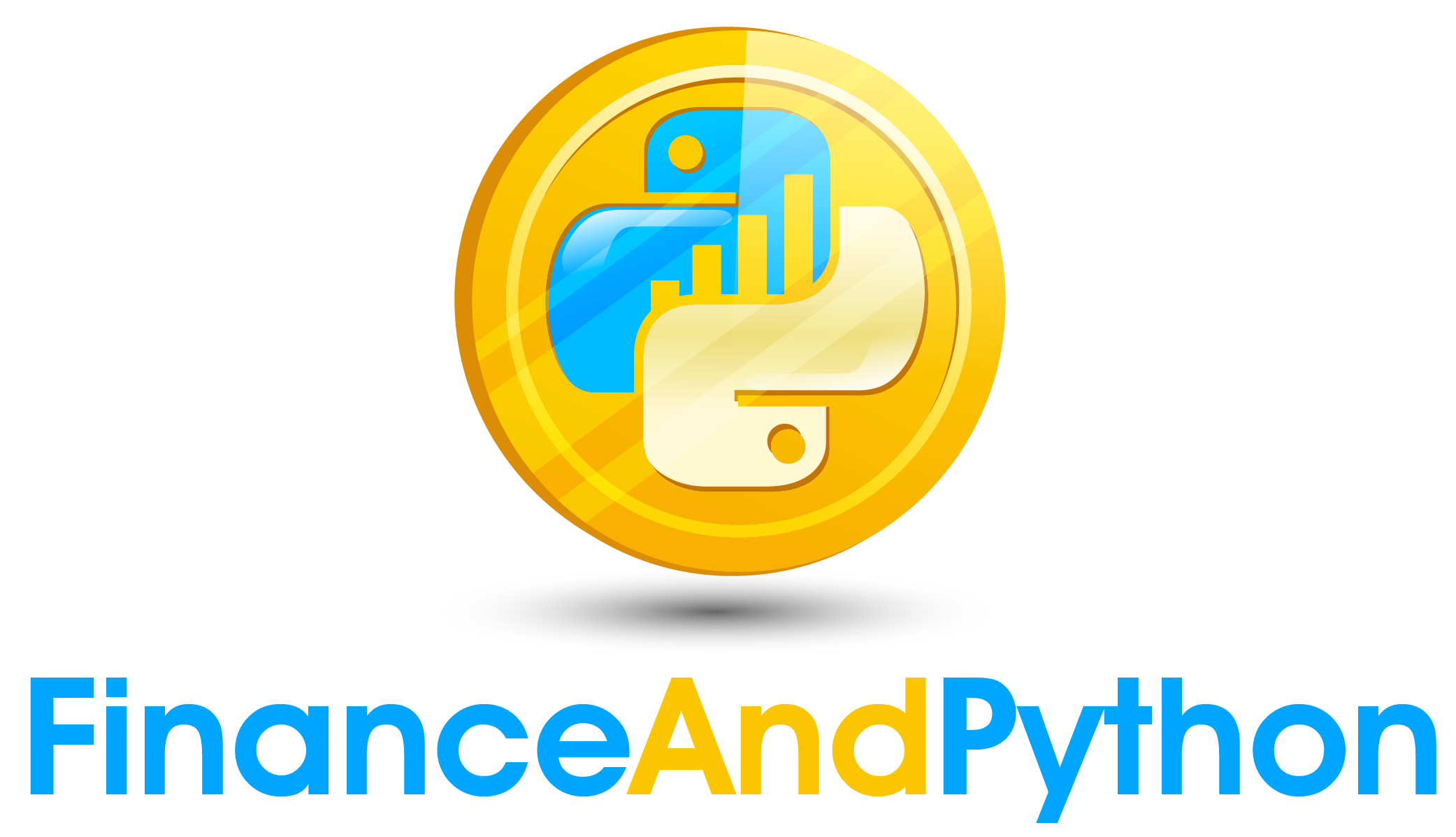Growth
Where does the g, growth rate, in the dividend discount model come from?
When a firm has profits, it can either give it out as dividends or hold on and invest the money. The percentage that a firm keeps to invest is the plowback ratio. An important aspect of growth is how this investment grows, which can be measured by the firm’s return on equity. The way we define the growth of a firm is as so….
Equation
g = Growth Rate
ROE = Return on Equity
b = Plowback Ratio
Let’s play around with how stock prices will vary when we play with the plowback ratio. We will discount the first period dividend (div
0
*(1+g)) by (r-g). The first period dividend will be whatever is not plowed back (1-b).
import matplotlib.pyplot as plt
def DDM(profit,ROE,r):
current = profit/ROE
bAr = [x/20 for x in range(20)]
gAr = [ROE*x for x in bAr]
stockPrice = [((1-b)*profit*(1+g))/(r-g) for b,g in zip(bAr,gAr)]
plt.plot(bAr,stockPrice)
plt.xlabel("Plowback Ratio")
plt.ylabel("Stock Price")
plt.title("Dividend Discount Model")
plt.show()
DDM(8,.01,.04)
DDM(8,.02,.04)
DDM(8,.03,.04)The current price of the firm is defined as profit/ROE since ROE = profit/currentPrice. What these graphs show is a declining stock price as growth goes up. We can’t go to an ROE > 4% or it would break the model. What this says is that when ROE is less than 4%, the company has no posiitive NPV projects so it is better off giving out dividends.
A realistic model would not have prices declining no matter what. In reality, the firm would have some projects with ROE > r, and it would take all of those projects to grow it’s value. When it hit a point where a project had ROE < r it would give the rest of the money out as dividends.
Source Code
